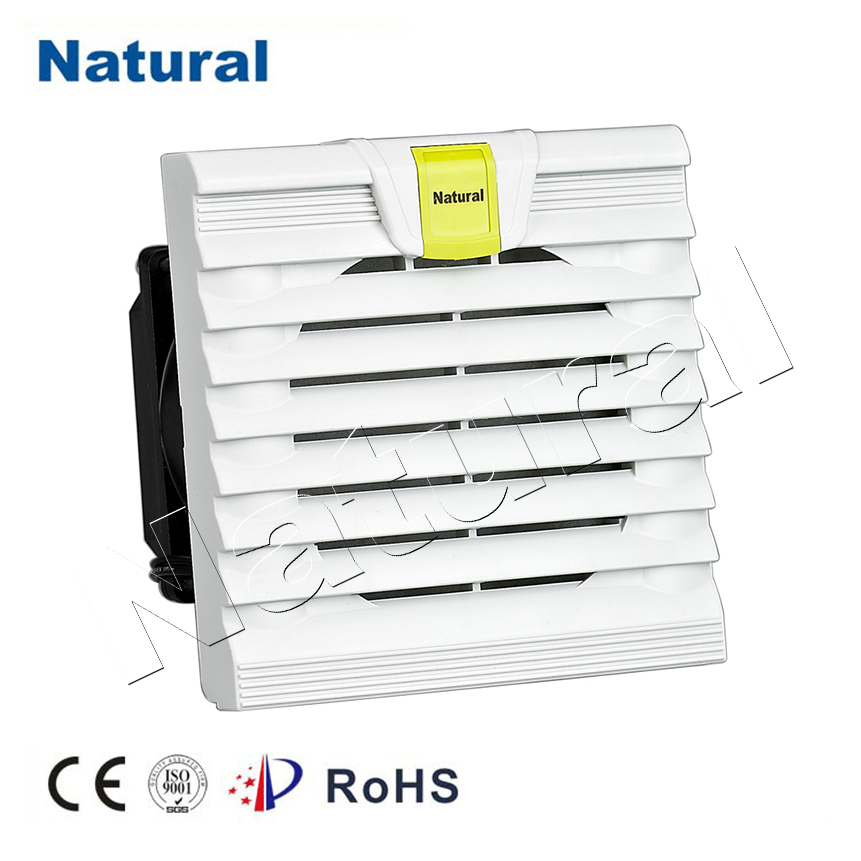Cabinet Filter: A Powerful Solution for Air Quality Improvement

In our modern world, air quality has become a pressing concern. Whether at home, in the office, or in industrial settings, the need for effective air filtration has never been greater. One solution that has gained popularity in recent years is the cabinet filter. In this article, we will delve into the world of cabinet filters, exploring their functionality, benefits, and applications. What is a Cabinet Filter? A cabinet filter, also known as a housing filter or a cabinet air filter, is a specialized air filtration system designed to remove impurities and contaminants from the air within an enclosed space. These filters are typically installed within a housing or cabinet, which allows them to efficiently process large volumes of air while ensuring that the filtered air is clean and safe to breathe. How Do Cabinet Filters Work? Cabinet filters operate on the principle of mechanical filtration. Air is drawn into the housing through an intake, where it passes through a series of filter media. The filter media are specially designed to trap particles and contaminants suspended in the air. Common filter media used in cabinet filters include fiberglass, synthetic materials, and HEPA (High-Efficiency Particulate Air) filters, each offering varying levels of filtration efficiency. As the air passes through the filter media, particles such as dust, pollen, bacteria, and even tiny airborne viruses become trapped within the filter fibers. The filtered air is then released into the enclosed space, providing cleaner and healthier indoor air quality. Benefits of Cabinet Filters Improved Indoor Air Quality: Cabinet filters are highly effective at removing a wide range of contaminants, leading to significantly improved indoor air quality. This is especially important for individuals with allergies, asthma, or other respiratory conditions. Protection of Equipment: In industrial settings, cabinet filters help protect sensitive machinery and equipment from dust and debris, prolonging their lifespan and reducing maintenance costs. Energy Efficiency: By removing contaminants from the air, cabinet filters can also contribute to energy efficiency in heating and cooling systems. Clean filters allow for better airflow, reducing the workload on HVAC systems. Customizability: Cabinet filters can be customized to suit specific filtration requirements. This versatility makes them suitable for a variety of applications, from residential homes to industrial complexes. Applications of Cabinet Filters Cabinet filters find applications in a wide range of settings: Residential Use: In homes, cabinet filters are commonly used in HVAC systems to improve indoor air quality, providing a healthier living environment for occupants. Commercial Buildings: Office spaces, hospitals, schools, and other commercial buildings utilize cabinet filters to maintain clean air and promote the well-being of occupants. Industrial Facilities: Cabinet filters are essential in manufacturing plants, data centers, and laboratories to protect equipment and maintain a controlled environment. Cleanrooms: Industries requiring sterile conditions, such as pharmaceutical and semiconductor manufacturing, rely on cabinet filters to ensure a contaminant-free environment. Maintenance and Replacement To ensure the continued effectiveness of cabinet filters, regular maintenance and replacement are crucial. The frequency of replacement depends on factors such as the type of filter media used and the level of airborne contaminants. It is advisable to follow manufacturer recommendations and schedule routine inspections to gauge the filter’s condition. In conclusion, cabinet filters play a vital role in improving air quality and maintaining a healthy environment in various settings. Their ability to remove airborne contaminants, protect equipment, and enhance energy efficiency makes them a valuable addition to any space. Whether in your home, office, or industrial facility, investing in a cabinet filter can have a significant impact on the quality of the air you breathe.